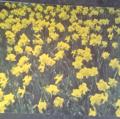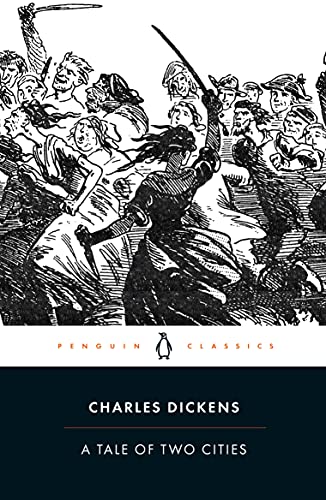Stephanie Jane reviewed A Tale of Two Cities by Charles Dickens
A bizarre mix
3 stars
I read A Christmas Carol a while before Christmas last year - my first Dickens actually from the book rather than the TV! I thought it might be fun to make this author another of my Christmas traditions so chose the not-at-all seasonal A Tale Of Two Cities for this year. It turns out that I already knew the first and last sentences because they have become famous quotes: 'It was the best of times and the worst of times' and 'it is a far far better thing that I do than I have ever done'.
For me this novel was a bizarre mix of some of the best descriptive writing I have read, interspersed with some of the most oversentimental claptrap and unrealistic dialogue. If Dickens was a modern indie author, reviews would surely be scathing! The timeline jumps at the beginning felt disjointed, but the story does eventually settle into itself. I loved his evocations of the poverty-stricken districts of Paris. Also the excitement and horror of running battles during the Revolution is breathtakingly well done. That knife sharpening scene in the courtyard!
However, of the famed Dickens characters, I didn't see much sign in this book and I was completely underwhelmed by the love story! Charles Darnay is basically just bland and his dearly beloved Lucie is so saccharinely pure and Good as to be exasperating. Her only nod to a genuine personality is her rather disturbing habit of clasping men's heads to her breast at the slightest provocation. I was surprised to read in the publisher's notes that A Tale Of Two Cities is the most popular Dickens novel after Pickwick Papers. Perhaps its length has something to do with that?

